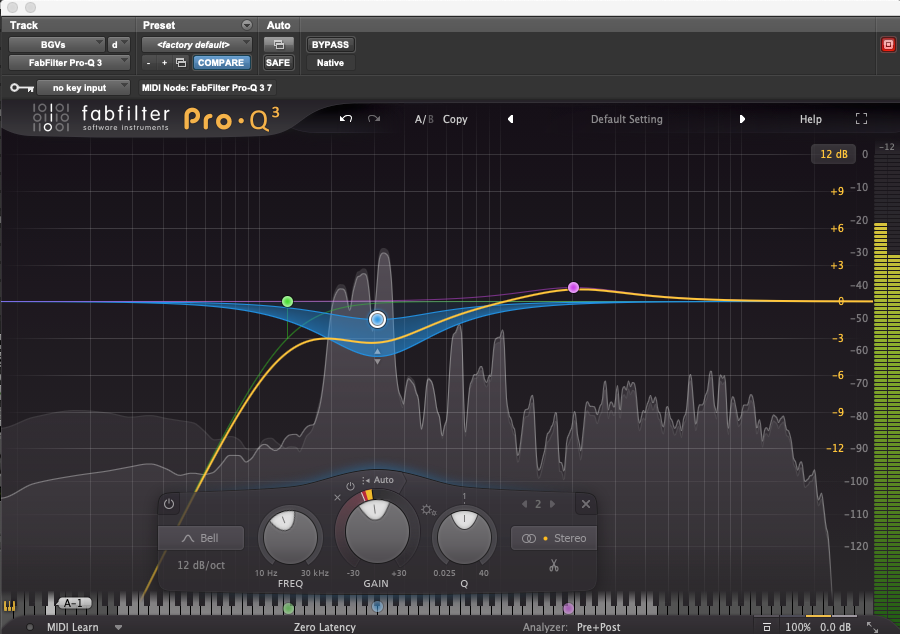Community, Leadership, Experimentation, Diversity, & Education
Pittsburgh Arts, Regional Theatre, New Work, Producing, Copyright, Labor Unions,
New Products, Coping Skills, J-O-Bs...
Theatre industry news, University & School of Drama Announcements, plus occasional course support for
Carnegie Mellon School of Drama Faculty, Staff, Students, and Alumni.
CMU School of Drama
Monday, February 01, 2021
The Basics of Dynamic EQ (+ 4 Mix Tips)
Pro Audio Files: If you’ve been making music in a DAW in recent years, chances are good that at some point you’ve encountered dynamic EQ — at least as a concept. For the uninitiated, the idea behind dynamic EQ may be a bit confusing. How is it different from a regular (static) EQ? Or, for that matter, how is it different from a multiband compressor, which also offers dynamic control across different frequency bands?
Subscribe to:
Post Comments (Atom)

2 comments:
Dynamic EQ reminds me of a feature in Ableton Live where you can change your effects live in a song. I believe they call this automation. It seems to me like dynamic EQ saw this and took a more autonomous approach. It also makes sense as to why you might need dynamic EQ over a multiband compressor. The compressor will turn down the frequencies in ratios which is great for when someone or something gets too loud, but if you’re not worried about that and more worried about tonal quality, the dynamic EQ is there to help you. I could also see this being used as a way of preventing small feedback hums but I would need to actually experiment with dynamic EQ before actually using it in the real world. Overall I think this was a great addition to my sound tools that I will be looking forward to using in my future projects!
In many technical areas such as sound, I often find that jargon can get in the way of actual learning and can greatly steepen the learning curve for concepts, techniques, and pieces of software. I'm glad that this article takes the time to parse out the definitions of concepts such as multiband compression, before using the term to relate to the one introduced and discussed further in the article. While I feel that I have a decent grasp of dynamic EQ from reading this article, I think, as it would be with most sound concepts, I would need to actually listen to the effects or play with it myself in a DAW in order to have a working knowledge of its use cases and effects on the audio. When you are learning about a concept or technique, especially when related to technical software, it's easy to say that you understand it, but you can't really know it unless you're comfortable with it in a working environment.
Post a Comment